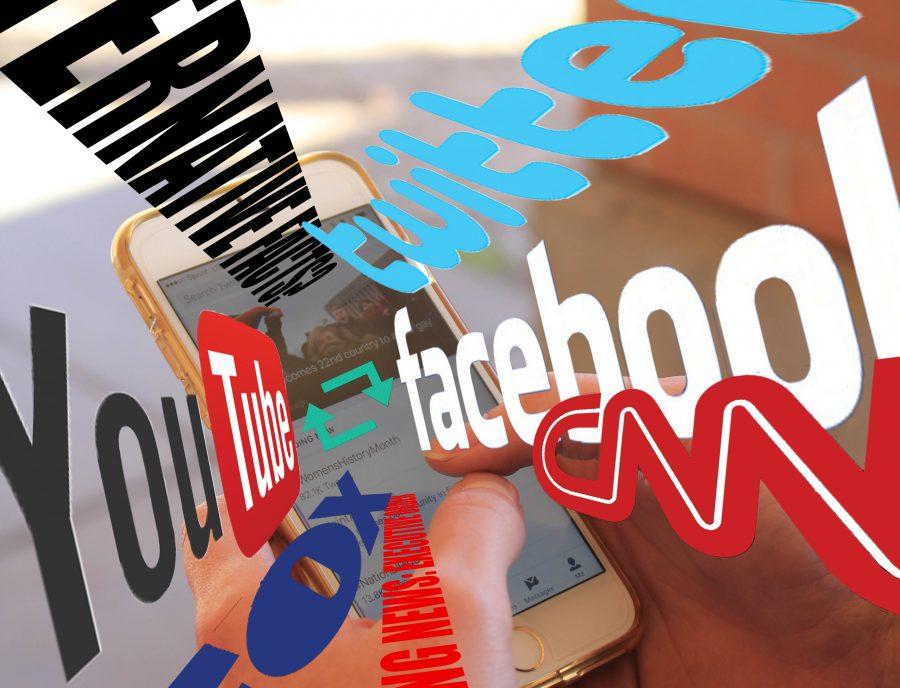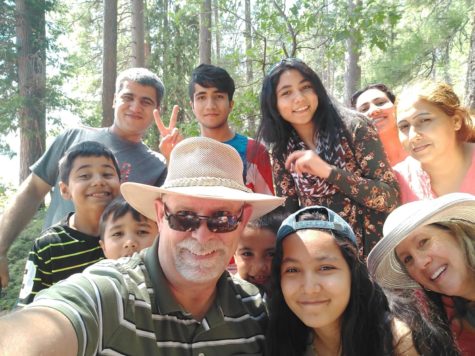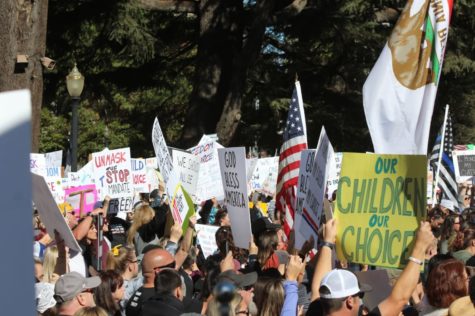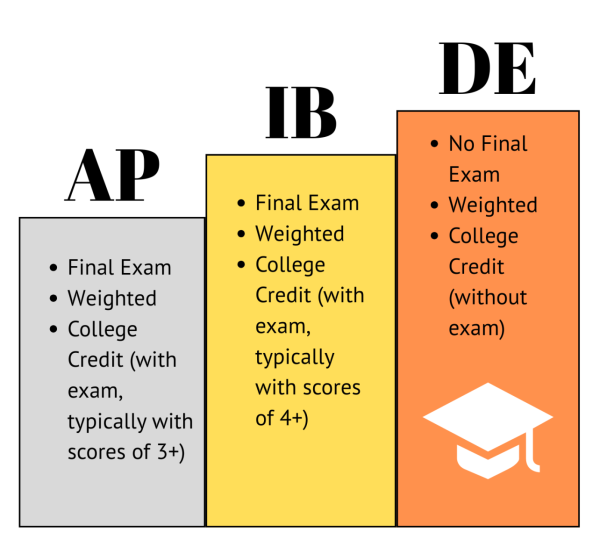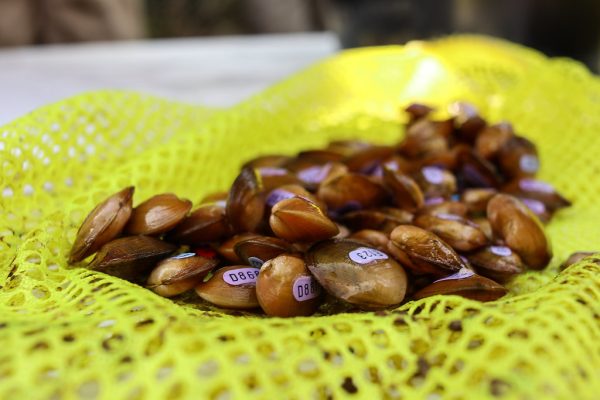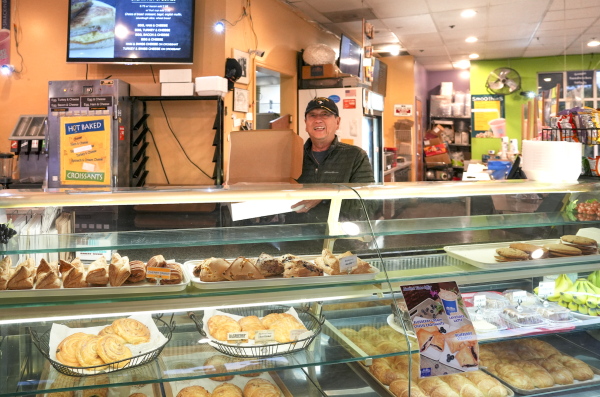Weighing validity of news from social media
35 percent of GBHS upperclassmen get news from social media sites
Numerous demographic groups can be found on the Granite Bay High School campus, and with that variety comes all types of political, social and religious opinions.
In the digital world that is modern America, many people choose to express their views through social media.
These views can conflict, coincide, instigate disagreement and intrigue a viral audience.
Perhaps the most notable aspect of social media is its speed. One tweet, one favorite or one post has the ability to impact millions of people almost instantaneously – but it’s not always for the better.
The Pew Research Center found that 64 percent of Americans say they have trouble deciphering factual stories from dishonest ones. This is because of the many inaccurate publications they have encountered that have been spread by way of social media.
Whether it misinforms or informs people, social media has began redefining what’s credible when it comes to news.
What is more alarming, though, is that credibility has become something that people are willing to overlook.
“Social media has definitely played a role in how people view their news,” junior Nash Rood said. “I also think there are a lot of things that circulate on social media that aren’t true.”
Unfortunately, one of the biggest issues for people, when discussing controversial topics, has become taking news and other information out of context and claiming it to be a reliable source.
“A lot of people, especially on Twitter, if they see something with 100,000 retweets, automatically (assume it) to be true – even if it’s completely false,” Rood said.
More often than not, as long as it is compelling, a fabricated publication can get just as many views as an accurate one.
“Everyone has an opinion somewhere along the political spectrum,” Rood said. “So I don’t think (news companies) are trying to intentionally create fake news – I think it’s more that bias slips in.”
Regarding personal accounts and posts, Rood said social media provides a unique opportunity.
“In a time where there is a lot of division, and a lot of political disagreements in general, I think it’s important to voice your own opinion, especially if you have a following,” Rood said. “If you have the power or the platform to put your voice out there, I think it’s necessary.”
Junior Garrett Allington also said information can be taken out of context.
“The problem is how varied (information) is,” Allington said. “You can find extremely accurate and factual information on social media, but because anyone can post anything, a majority of the information is biased.”
Allington added that another issue is that “people see information in one place and automatically assume it’s true without fact-checking,” propelling the spread of inaccurate information.
“Fake news has assisted in dividing the country into two sides that hate each other, and care more about the ‘other side’ being wrong than the facts,” Allington said. “This is super destructive for our society as it just causes more hate and ignorance.”
In a poll conducted by the Gazette, 15 percent of GBHS juniors and seniors were asked where they get their news.
Leading the way at 35.3 percent was social media, 10 percent more than the next most-popular source, news websites and apps.
“For what I teach, (social media) has changed everything,” Advanced Placement American government teacher Jarrod Westberg said.
For Westberg, social media is not only altering his style of teaching, but the entire dynamic of the class.
“There’s a major lack of depth,” Westberg said. “Students know more topics than ever, but the depth of it is very limited because a lot of times you just see that small chunk of info (on social media).”
Westberg said students are better at recognizing if their source is wrong and changing their view, but older people “seem like they want the source to confirm their own beliefs – even if it’s misinformation or not as accurate as it can be.”
GBHS social psychology and International Baccalaureate history teacher Jillyan McKinney acknowledged both the benefits and detriments of social media, comparing social media to “an interesting beast.”
No matter who it is, taking the time to understand differing opinions and beliefs is a never-ending difficulty.
And most of the time, social media doesn’t allow people to branch out as much as they might think.
“It is an outlet, but so many times we only find ourselves surrounded by people who share our opinions, and that narrows our lens,” McKinney said.
And however bright the upside of social media might be, the potentially gruesome downside is just as present.
McKinney has seen everything from racial and religious discrimination to jokes about sexual assault on social media.
“Dealing with these instances is one of the hardest parts of my job,” McKinney said. “It seems as if hurtful and destructive language and behavior has become commonplace in this current political climate.
“Social media was supposed to be a tool for people to connect around the world, (but) it has been hijacked and is possibly doing the exact opposite.”
McKinney says students and adults alike have to be willing to understand other people – but social media can make that more difficult.
“We have to be able to leave our baggage at the door and try to understand someone else’s perspective,” McKinney said. “It is important for all of us to take a step back and stop assuming we know everything – just because we have access to an app.”



